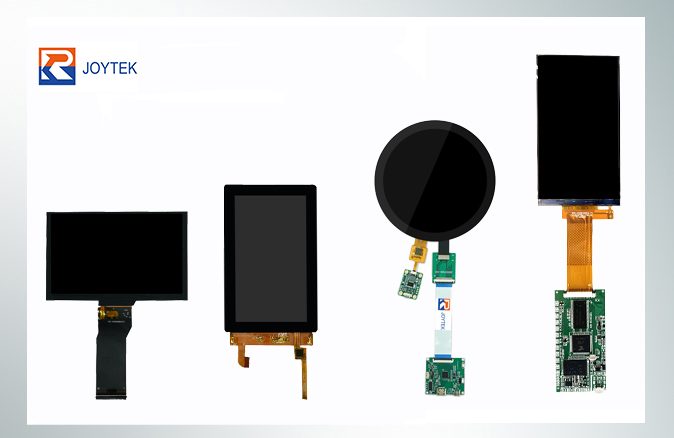TFT (Thin-Film Transistor) LCD displays have become a dominant technology in modern electronics, offering significant improvements over traditional LCD displays. By utilizing a thin-film transistor layer, TFT LCDs are able to deliver enhanced image quality, faster response times, and reduced power consumption – making them the preferred choice for a wide range of applications, from smartphones and laptops to televisions and industrial equipment. This article delves into the inner workings of TFT LCD technology, exploring its key components, the underlying principles behind its operation, as well as the unique advantages and trade-offs that have driven its widespread adoption across various industries.
- A thin-film transistor liquid crystal display, or TFT LCD for short, is a type of LCD display that uses thin-film transistor technology to improve image quality.
TFT LCDs have several advantages over traditional LCD displays. While traditional LCDs use a single layer of transistors, TFT LCDs employ a thin film of transistors. This allows for better image quality, as well as faster response times and lower power consumption. TFT LCDs are also thinner and lighter than standard LCDs, making them well-suited for portable devices.
When choosing a TFT LCD, it’s important to consider factors like viewing angle and color reproduction. While TFT IPS displays offer superior image quality, they also tend to be more expensive.
Let’s dive deeper into how TFT LCDs work and their various applications.
- How Do TFT LCDs Work?
TFT LCDs consist of two main components: the thin-film transistor array and the color filter array.
The thin-film transistor array is the layer of transistors, usually made from materials like silicon. This transistor array connects to control circuitry that contains the drivers to regulate the voltage applied to the transistors.
The color filter array is the LCD layer that houses the colored filters, typically arranged in RGB (red, green, blue) or CMYK (cyan, magenta, yellow, black) patterns.
When voltage is applied to the transistor array, the transistors turn on and allow light to pass through, which is then converted into an image by the color filter array.
Applications of TFT LCD Displays
TFT LCDs are utilized across a wide range of industries, including consumer electronics, computing, telecommunications, automotive, and medical applications. Specific use cases include:
- Computers and laptops
- Televisions
- Mobile phones and smartphones
- Tablets
- Video game consoles
- Digital cameras
- Portable media players
- GPS devices
- Industrial and medical equipment
Key Components of a TFT Display Module
In addition to the thin-film transistor array and color filter array, a typical TFT display module contains several other key elements:
- Liquid crystal layer: The layer of liquid crystals, often arranged in patterns like twist nematic (TN), super twisted nematic (STN), or in-plane switching (IPS).
- Cover glass: Protective glass, either rigid (e.g. soda-lime or Gorilla Glass) or flexible, that shields the LCD.
- Backlight unit: The layer that emits light, using LEDs, electroluminescent panels, or fluorescent lamps.
- Touchscreen: An optional touch-sensitive layer for user interaction.
- Bezel: A frame that shields and protects the display module.
- Driver IC: The integrated circuit that converts digital signals into analog signals for the TFT LCD panel.
Advantages and Disadvantages of TFT LCDs
The key advantages of TFT LCDs include:
- Improved image quality
- Faster response times
- Lower power consumption
- Thinner and lighter weight
- Increased durability
However, TFT LCDs also have some disadvantages:
- Higher cost
- Reduced contrast in low light conditions
- Limited viewing angles
In summary, this article provides a comprehensive overview of TFT LCD technology, covering its working principle, key components, applications, and the pros and cons of this display type.

